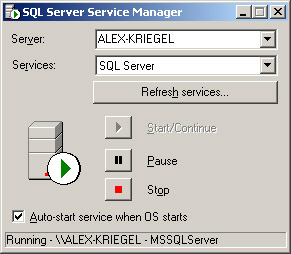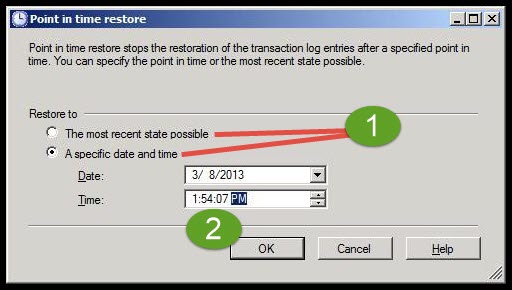

For more information, see Recover a Database Without Restoring Data. Recovers data that is already consistent with the database and needs only to be made available.

For more information, see Piecemeal Restores - SQL Server. A piecemeal restore begins with a RESTORE DATABASE using the PARTIAL option and specifying one or more secondary filegroups to be restored. Restores the database in stages, beginning with the primary filegroup and one or more secondary filegroups. For more information, see Restore Pages - SQL Server. Page restore is available only under the full and bulk-logged recovery models.

For more information, see File Restores - Full Recovery Model and File Restores - Simple Recovery Model. After a full file restore, a differential file backup can be restored. Under the simple recovery model, the file must belong to a read-only filegroup. Restores a file or filegroup in a multi-filegroup database. For more information, see Complete Database Restores - Simple Recovery Mode or Complete Database Restores - Full Recovery Model. Restores the entire database, beginning with a full database backup, which may be followed by restoring a differential database backup (and log backups). SQL Server supports a variety of restore scenarios: To Revert a Database to a Database Snapshot:įROM DATABASE_SNAPSHOT = database_snapshot_nameįILE = įor descriptions of the arguments, see RESTORE Arguments. To Restore Specific Files or Filegroups: To perform the first step of the initial restore sequence of a piecemeal restore: To Restore an Entire Database from a Full database backup (a Complete Restore):



 0 kommentar(er)
0 kommentar(er)
